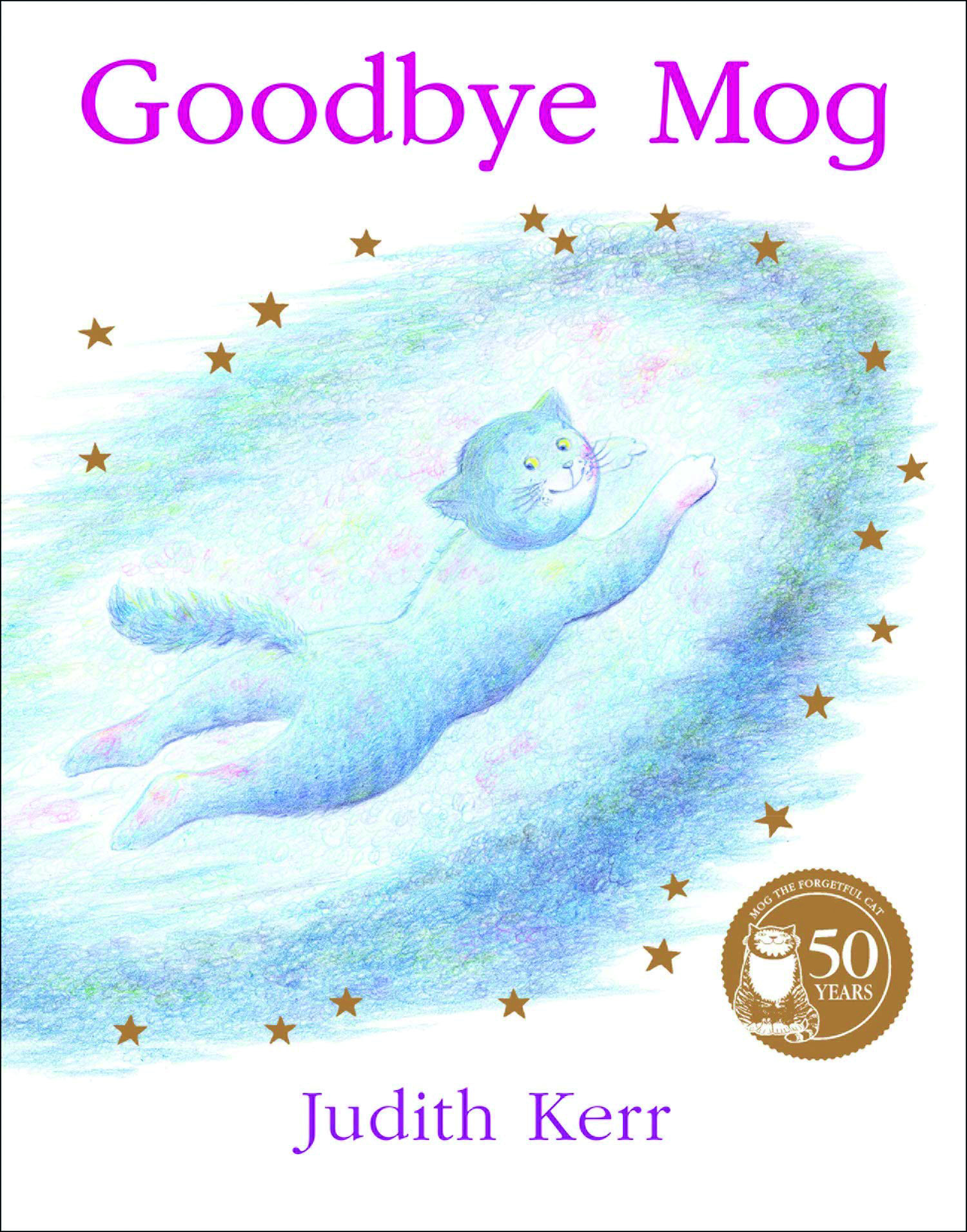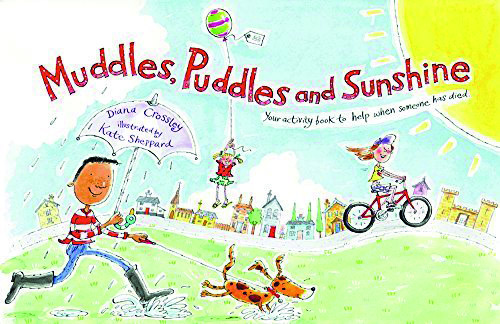
Each year, around 41,000 children experience the death of a parent. Many of these children are in nursery settings, surrounded by caring practitioners who have received no formal training in how to support a bereaved child.
The Anna Freud Centre found that almost half of the 900 nursery practitioners who responded to its survey had worked with children who had experienced the bereavement of either a parent or sibling. And more than 50 per cent of them had not received any additional early years mental health training.
‘Our survey also found that 12 per cent of practitioners had worked with a child who had lost a family member due to coronavirus. There is high demand for knowledge, support and training in this area, especially after a year where death has played such a prominent role in so many people’s lives,’ explains Camilla Rosan, head of early years programme at the Anna Freud Centre, which has put on webinars to support practitioners with the key issues affecting children in their care.
‘You don’t need to be a psychotherapist or a counsellor to be helpful to a grieving child,’ explains Beck Ferrari, who spoke at a webinar and is a postgraduate course tutor at the centre. She also runs an independent bereavement practice and was clinical co-lead for the UK Trauma Council’s recent work on traumatic bereavement.
She adds, ‘Practitioners are expert at connecting with children, but a little bit of guidance or training can help give them the confidence to know how to best support a bereaved child.’
HOW YOUNG CHILDREN GRIEVE
A child’s understanding of death will be largely dependent on what experiences and conversations they have been exposed to. They may have experienced the death of a pet or found a dead creature in the garden. Some may have knowledge of past family bereavements.
According to Beck, babies and infants not only respond to the loss of an attachment but also pick up on the emotional state of the people now doing the caregiving.
‘If they’ve lost a parent, they will experience the loss of somebody who they have formed a bond with, and if they’ve lost a sibling, they might be wondering where the little face is that peers over the side of their cot each morning.’
But without information, a child’s understanding is limited to a sense of loss, which could be damaging for a child who is prone to magical thinking, explains Beck. ‘They won’t necessarily understand what has happened, so they may not know that it’s permanent or irreversible. And as they try to make sense of events, they might think that it was their fault, which is common.’
On top of the child’s sadness and distress at their loss, they might also feel frightened, confused, angry or fundamentally unsafe because they don’t understand what has happened to the world around them, and why it has changed so drastically.
‘This is the rationale behind helping children to make sense of death,’ says Beck.
SUPPORTING A GRIEVING CHILD
The role of the practitioner is to be the ‘translator’ who breaks down the information that has been shared by the family in a developmentally appropriate way.
To do this, practitioners need to be mindful of the family’s culture and traditions and have knowledge of the language they have used to describe the death.
Commonly used phrases that caregivers often use to explain death to young children include ‘She’s gone to sleep’ or ‘We’ve lost him’. While these might soften the blow, ‘they do not tend to be helpful’, says Beck. ‘If we think of someone being lost, the child will want to find them. And if we use phrasing around sleep, it can make children frightened to sleep. Death is fundamentally different to sleep. Our hearts beat and we are still alive and breathing when we sleep. So we want to distance the concept of death from sleep.
‘The only word that actually means dead is “dead”. That can sound like a really big word to start using with young children, but it’s the only word that means what it is. We therefore need to try to be brave and use that word if we’re going to help children make sense of what has happened.’
It can be helpful to explain to caregivers the benefits of using honest, clear, unambiguous language, while being mindful of the grief that they are experiencing.
THE JIGSAW PUZZLE
When helping a bereaved child to make sense of the death of a loved one, Beck likens it to piecing together parts of a jigsaw puzzle.
‘Children won’t be ready for all the parts at once, but we can help them build a comprehensive picture in line with their developmental age, which will be revisited over time,’ she says.
Here are the main parts of the puzzle that children will need help making sense of:
- Who has died.
- When did they die: was it in their sleep? Or at lunchtime?
- Where did they die: Was it at grandma’s house or at the bottom of the garden? If they do not have this information, they can revisit their grief in a powerful way when they are older.
- Why did they die: through illness, accident or suicide? If through suicide, it is important, alongside the support and the consent of the family, that they know the person ‘made themselves die’. It can be a devastating blow to find out the truth when they are older.
- What happened next: was there a funeral? Was the person buried or cremated? These concepts might seem too mature to explain to a young child, but if the child knows there was a coffin and a funeral, and that there is a special place where the family can visit to lay down flowers, it can be reassuring.
CASE STUDY: All Saints Nursery School, Whitstable
 When four-year-old Ben* died suddenly and unexpectedly, after receiving months of treatment for a brain tumour, Lynn Harris, manager of All Saints Nursery in Whitstable, contacted the local authority, who put her in touch with Beck Ferrari.
When four-year-old Ben* died suddenly and unexpectedly, after receiving months of treatment for a brain tumour, Lynn Harris, manager of All Saints Nursery in Whitstable, contacted the local authority, who put her in touch with Beck Ferrari.
‘We were unsure how to support the staff in their grief and the children and families in our care. Staff were also unsure how to respond to children’s questions.
 ‘Beck did a face-to-face training session for the whole team, allowing us to share worries and concerns and acknowledge our own pain and grief. The training gave us the confidence to discuss the children’s feelings and to support them in a positive and appropriate way. For example, we informed all the families of the death of the child before the start of the new term and encouraged all the parents to tell their children honestly and openly.
‘Beck did a face-to-face training session for the whole team, allowing us to share worries and concerns and acknowledge our own pain and grief. The training gave us the confidence to discuss the children’s feelings and to support them in a positive and appropriate way. For example, we informed all the families of the death of the child before the start of the new term and encouraged all the parents to tell their children honestly and openly.
‘Some parents found this difficult and one said she felt awful that her son had not responded “appropriately”, that he had not wanted to listen and had just “run off”.
 ‘But Beck’s metaphor of the river really helped. She said that adult grief is like a river that we struggle through for a long time, whereas children tend to “puddle jump”, sometimes expressing very deep feelings and at other times appearing fine.
‘But Beck’s metaphor of the river really helped. She said that adult grief is like a river that we struggle through for a long time, whereas children tend to “puddle jump”, sometimes expressing very deep feelings and at other times appearing fine.
‘We talked about avoiding euphemisms to avoid the children worrying about going to sleep. A phrase of Beck’s that has stayed with me is, “It’s very sad but it doesn’t have to be scary”.
‘We planted red and blue flowers and made a wall plaque with a superhero figure in his memory. We also took his friends to the Build-a-Bear workshop where they made a superhero bear and filledit with love, hugs and recorded message. He still has pride of place at the nursery eight years later.
‘It was amazing to listen to the children talk about their friend in an honest and open way. Here are some books we found useful: Goodbye Mog by Judith Kerr; Muddles, Puddles and Sunshine by Diana Crossley; and I Miss You: A First Look at Death by Pat Thomas.’
*Name has been changed
Useful activities
Talking about death does not need to be morbid. Here are some ways to help children understand the concept of death.
- No heartbeat – ask the children to feel their own heartbeat and explain that when the heart stops, it means a person has died and the body no longer works.
- Death is irreversible – explain that when something or someone has died, it cannot be brought back to life. But a person’s love for them can carry on.
- Nothing hurts any more – explain that when you die, nothing hurts any more. This will help allay any fears about a loved one being buried or cremated. It can also be useful to explain that when you are dead, you cannot see or hear anything and you do not need food or drink.
Activity: Collect a dead and a living insect and place them into two see-through bug jars. Ensure the jar for the living bug contains holes. Ask the children, ‘Is the insect moving?’ Explain that when something no longer moves and the heart stops beating, it is dead.
MORE INFORMATION
- Supporting young children and families through bereavement: A guide for early years professionals by the Anna Freud Centre can be found at: https://bit.ly/3hI4xoF. It includes a section on explaining miscarriage, stillbirth or the death of a newborn sibling.
- Settings can also watch the Anna Freud Centre’s ‘Supporting bereaved children in the early years’ on YouTube: https://bit.ly/3B67fgD
- Small Steps: Supporting bereaved young children in pre-school settings, written by Beck Ferrari for Kent County Council: https://bit.ly/3xAlTdG









